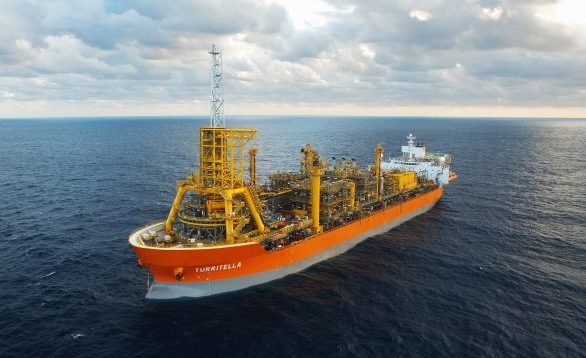
ABS has issued a new technology qualification (NTQ) to SBM Offshore’s artificial intelligence (AI) powered Intelligent Agent Mooring Line Integrity Tool, allowing the technology to be integrated into offshore systems for the first time.
The tool collects data such as wind speed, FPSO heading, and GPS information and couples this with machine learning approaches to provide the asset owner with continuous feedback on the integrity of their mooring system.
The tool has the ability to detect potential mooring line failure and location without reliance on a traditional tension monitoring system, thanks to the potential for deeper insight offered by AI techniques.
“This technology enables the continuous monitoring of the integrity of mooring lines and has significant potential to advance safety in the offshore industry. This is just the latest example of how ABS is supporting the application of advanced technology to drive forward safety outcomes in the marine and offshore industries. Our industry leadership in offshore, as well as smart and artificial intelligence applications at sea means we are uniquely placed to support SBM Offshore with the development of this tool,” said Matt Tremblay, ABS senior vice president, global offshore.
“This is just the beginning of the application of machine learning in our offshore operations. We target the development of intelligent agents into areas where it is challenging to create value from operational data through traditional analytics,” said Oivind Tangen, SBM Offshore managing director, operations.
